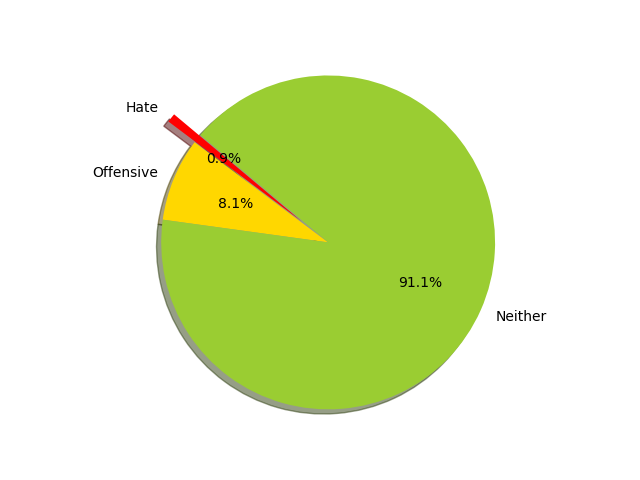UnLocate it
Motivation
It is no secret that every image you post online contains locations information such as geotags, metadata, and device information.
Tech-savvy users disable location tracking on their devices, remove metadata,
and disable geotags before uploading images to protect their privacy.
and disable geotags before uploading images to protect their privacy.
But it turns out that recent advancements in Deep Learning have gone one step further.
It is now possible for a software to figure out your location given just the pixels in your image.
Keeping this in mind, we asked the question, “What can users do now to protect themselves?”
The answer was our project “UnLocate It”.
1. Modifies your image AND
The answer was our project “UnLocate It”.
Mission
Create a tool that
1. Modifies your image AND
2. Fools these softwares
WITH minimal loss in image quality
The Pipeline
Given an image, our software modifies the image in subtle ways, which are not visible to the human eye but completely baffle computers. What’s more, our neural network is fast and lightweight, an we envisage that it can ultimately be used as a plug-and-play module within any mobile application that modifies images on the fly, so that they are recognized by humans but not computers.
We scraped images of 10 major cities around the world from Google Street View.
As a result, our dataset comprised of 400,000 images from 10 cities in total.
In the above image, the left image is the original image. The image is of a bridge in Sydney, Australia. After the image goes through our pipeline, the image on the right is formed and the classifier thinks that the modified image is of London.
Furthermore, there is hardly any noticeable differences in both of the above images by the naked eye.
We believe that while the battle for user privacy is an always ongoing one, this tool is a necessary reaction towards the ever increasing power of image location tools.
A project by Aditya Bharti, Noveen Sachdeva and Pranav Goel.
Our model
Dataset
We scraped images of 10 major cities around the world from Google Street View.
As a result, our dataset comprised of 400,000 images from 10 cities in total.
Results
In the above image, the left image is the original image. The image is of a bridge in Sydney, Australia. After the image goes through our pipeline, the image on the right is formed and the classifier thinks that the modified image is of London.
Furthermore, there is hardly any noticeable differences in both of the above images by the naked eye.
Conclusion
We believe that while the battle for user privacy is an always ongoing one, this tool is a necessary reaction towards the ever increasing power of image location tools.
A project by Aditya Bharti, Noveen Sachdeva and Pranav Goel.




Comments
Post a Comment